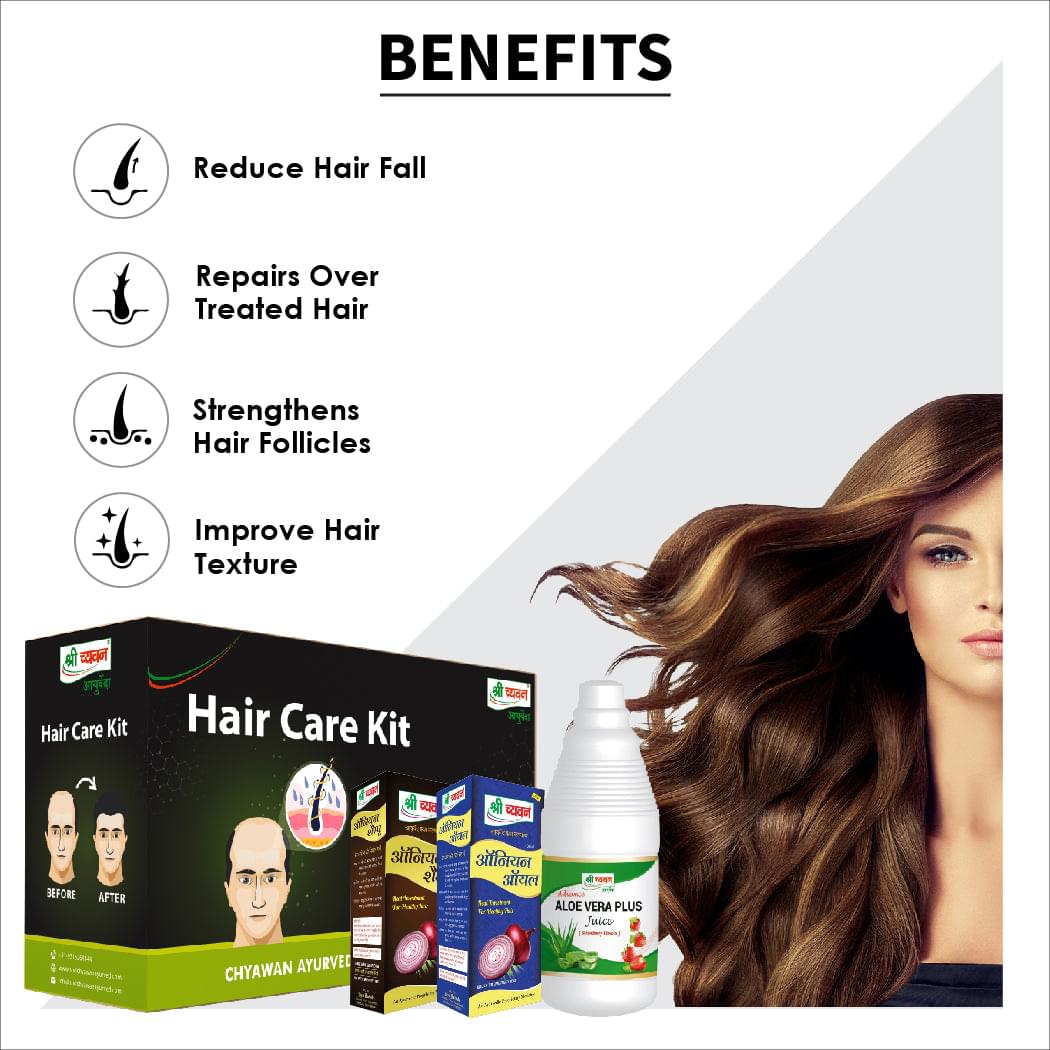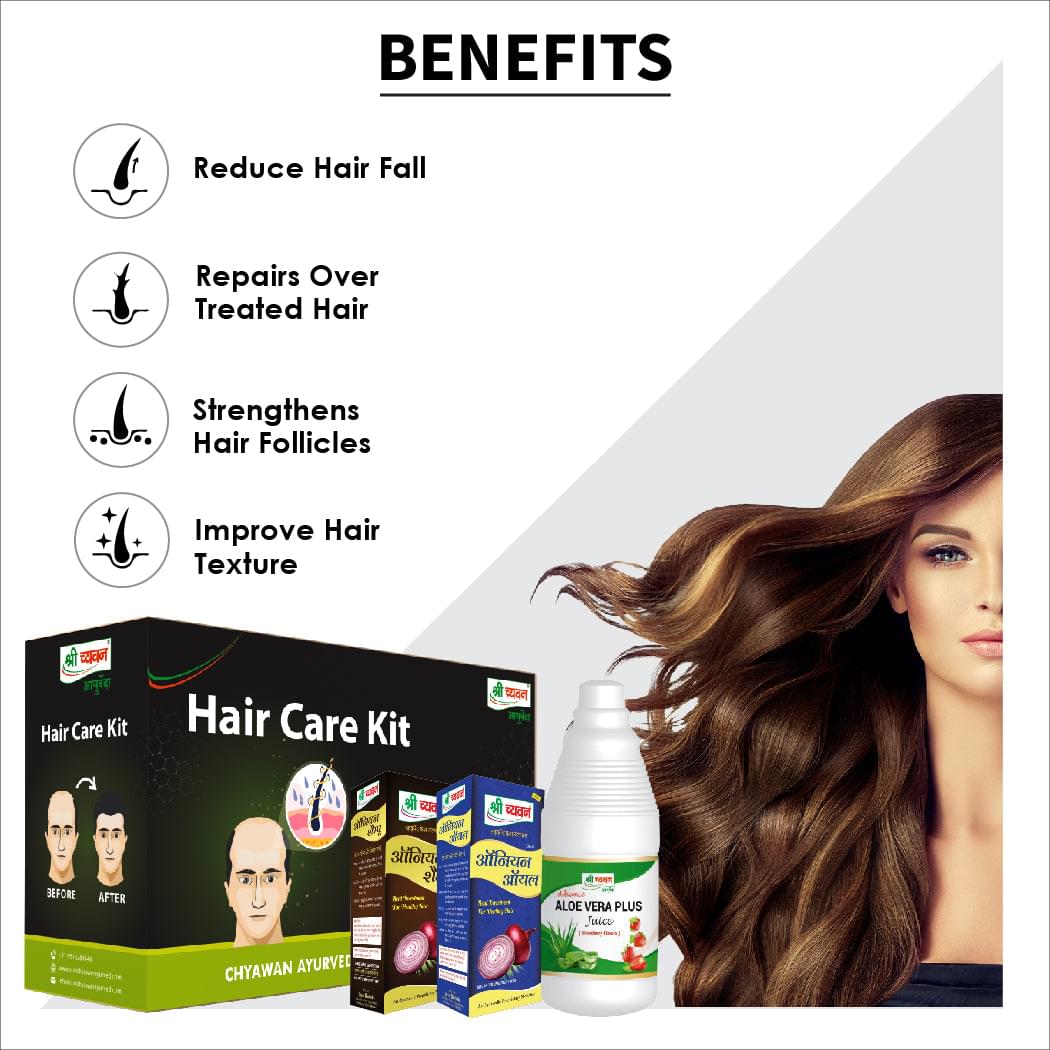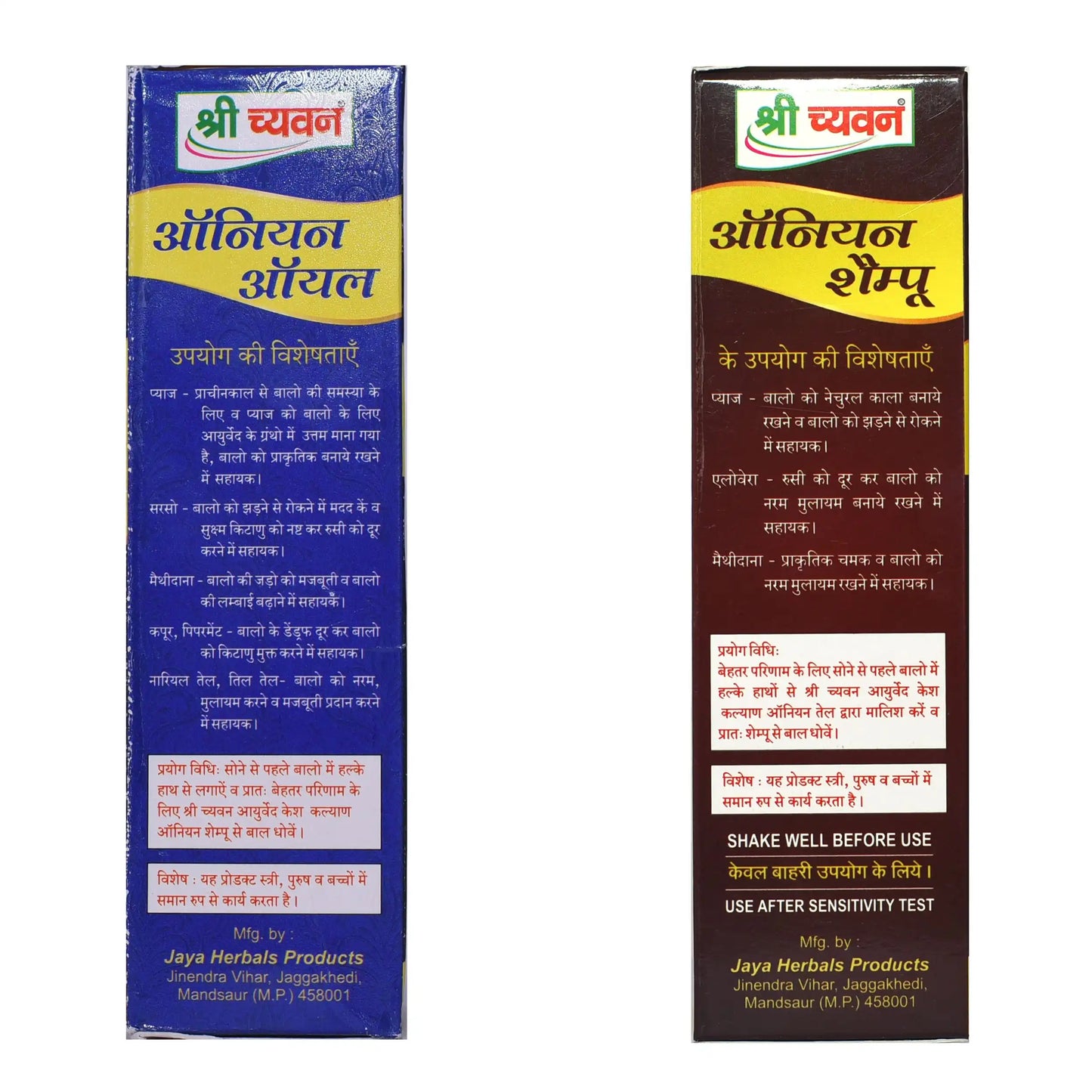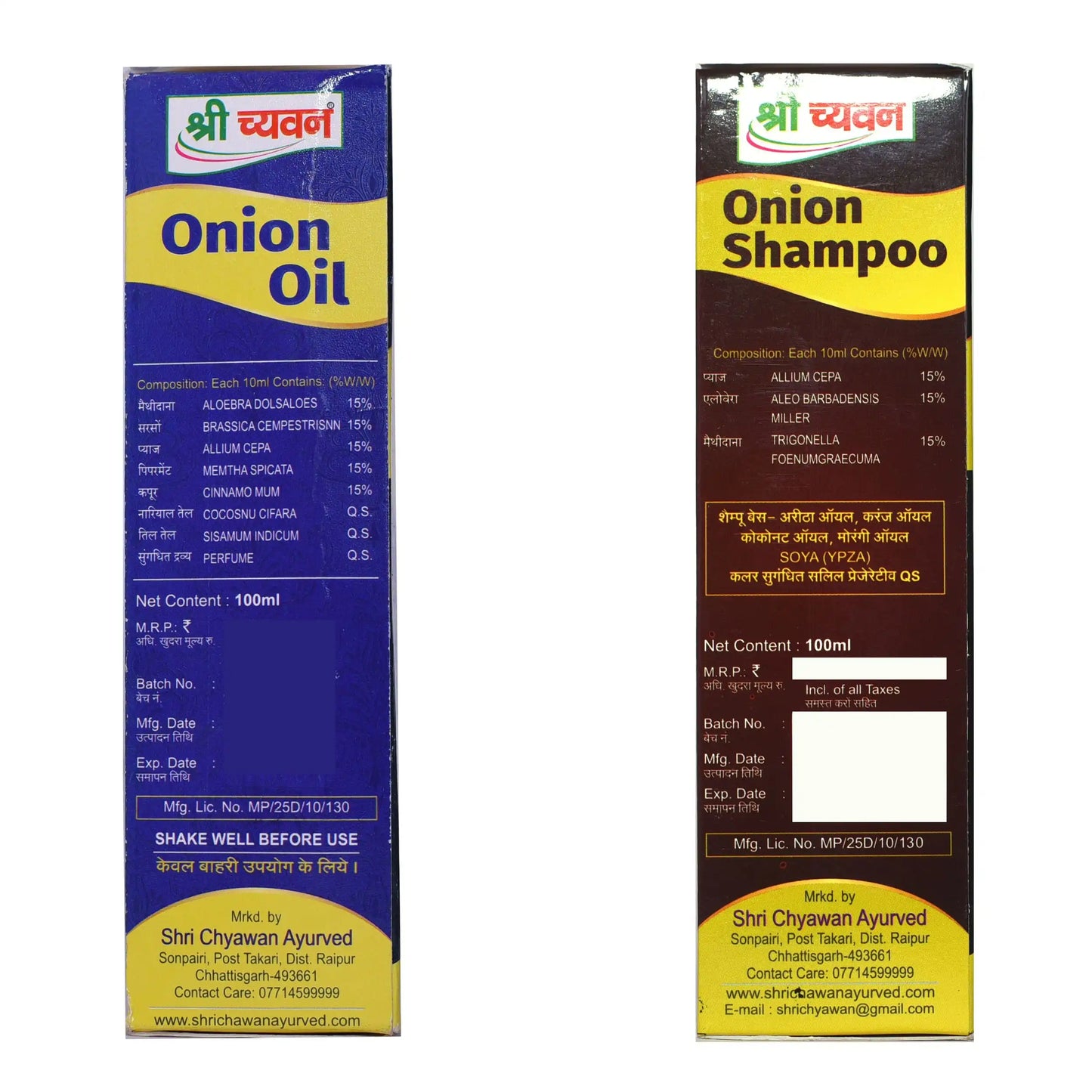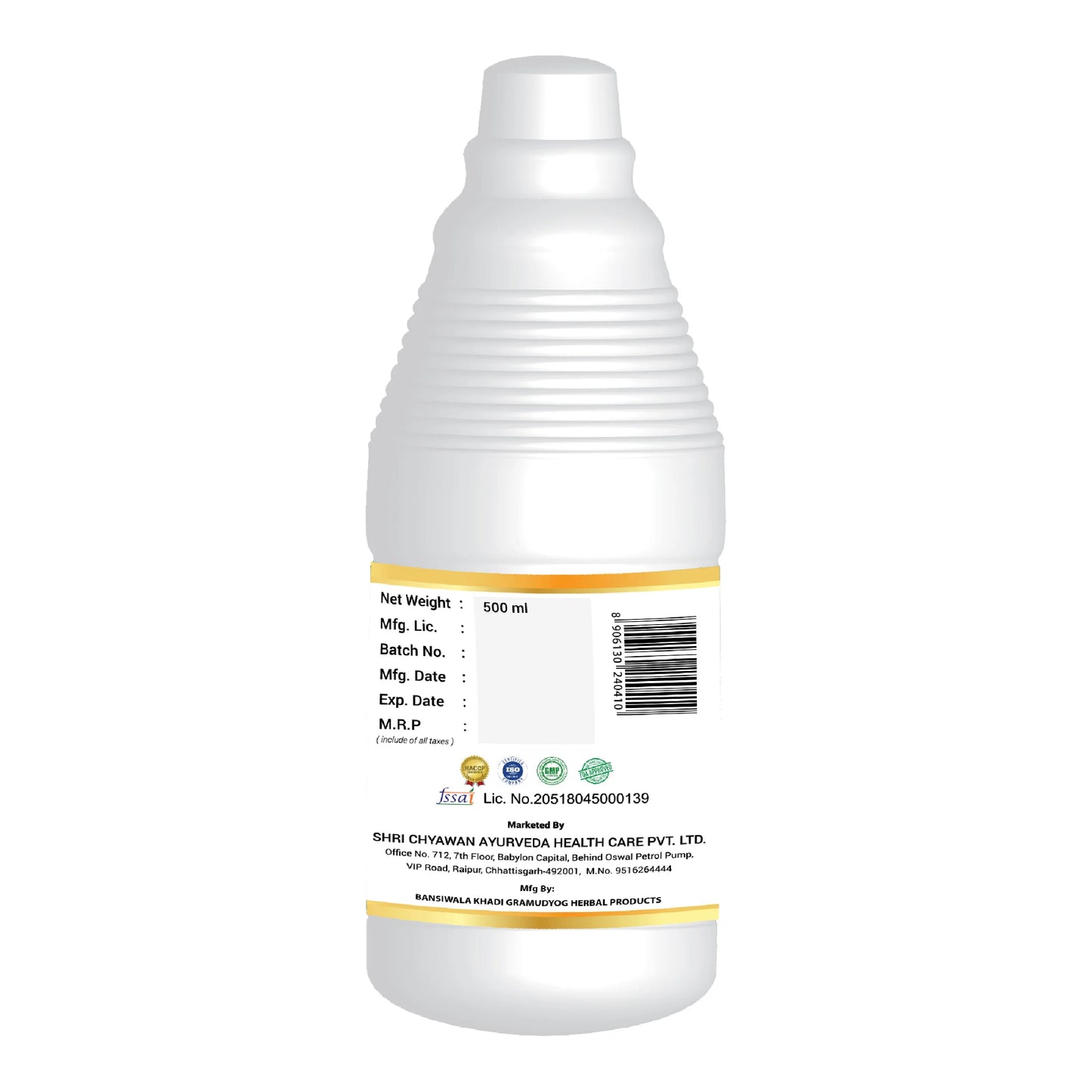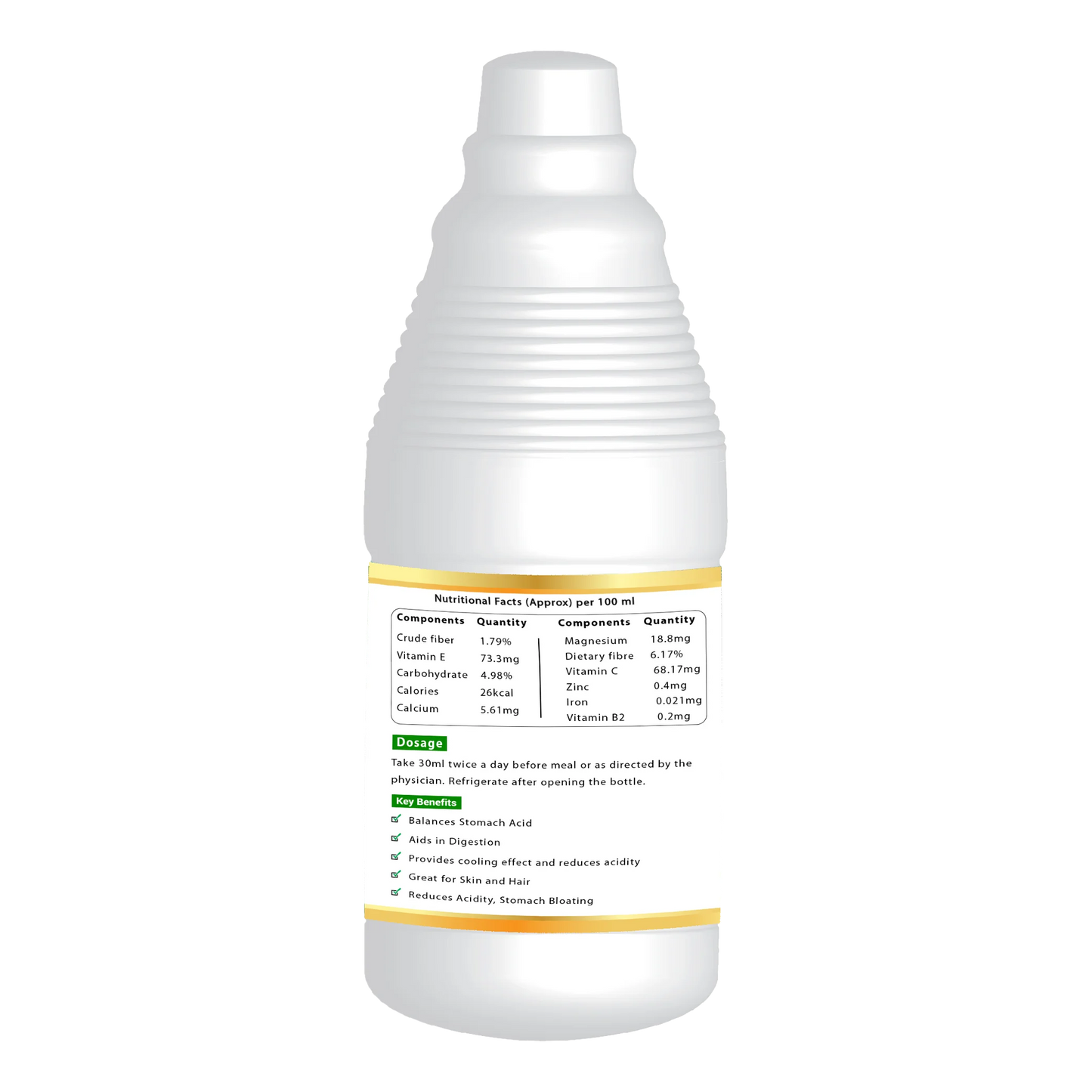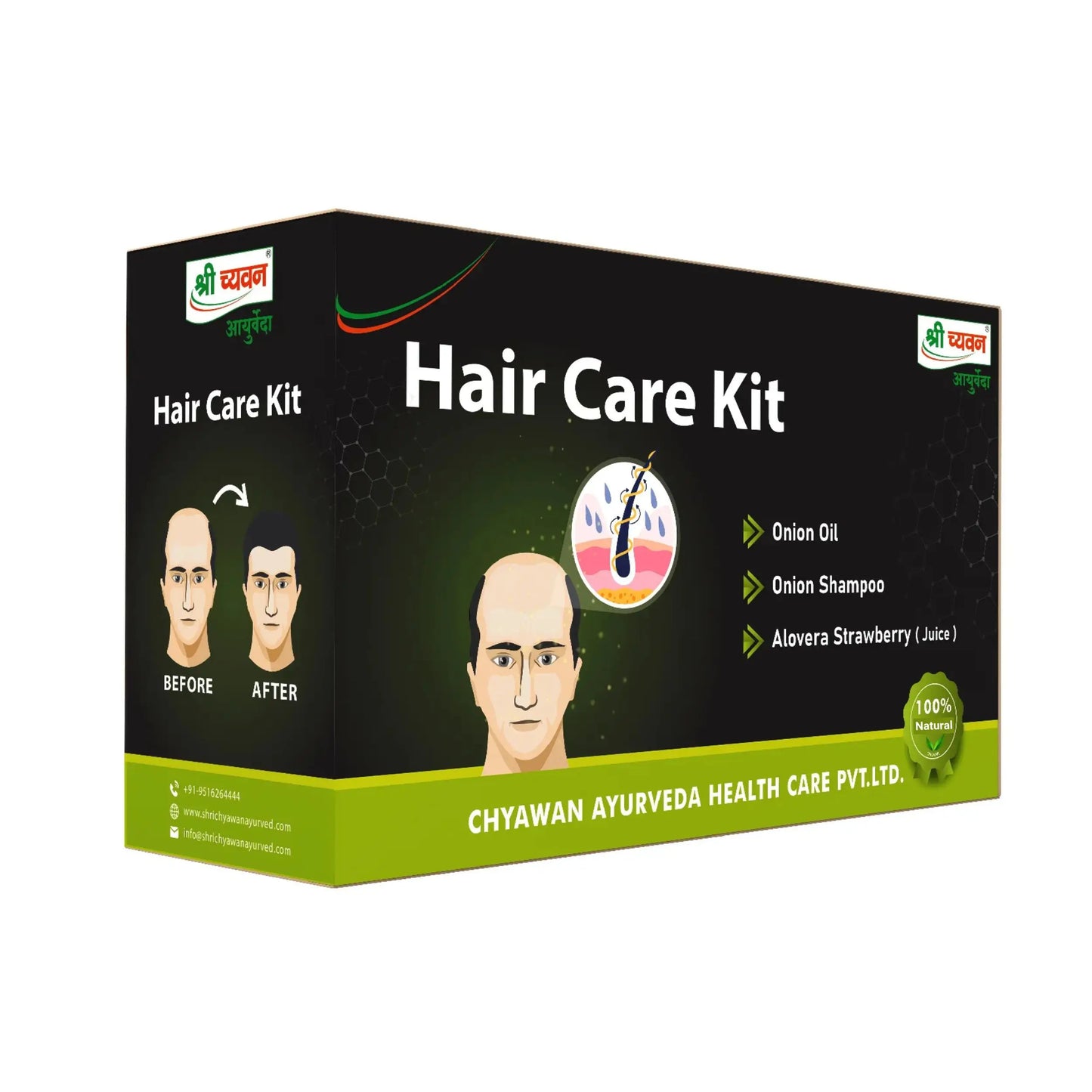Introduction
Hair serum has become a staple in many people's hair care routines, offering numerous benefits for achieving healthy, glossy locks. Whether you have curly, straight, thick, or fine hair, knowing when to apply hair serum—whether on wet or dry hair—can make a significant difference in how effectively it works for you.
In this comprehensive guide, we'll delve into the importance of hair serum, explore its various benefits, and provide a detailed discussion on the optimal times to apply serum: on wet hair versus dry hair. By the end, you'll have a clear understanding of how to integrate hair serum into your daily routine to achieve your desired hair goals.
Importance of Hair Serum
Hair serum serves as a versatile product that addresses multiple hair concerns, making it indispensable for both daily styling and long-term hair health. Here’s why hair serum is essential in your hair care arsenal:
- Hydration and Nourishment: Hair serum helps to moisturize and nourish the hair strands, combating dryness and restoring shine.
- Frizz Control: It effectively tames frizz and flyaways, creating a smooth and polished look.
- Heat Protection: Hair serums often contain ingredients that provide a barrier against heat damage from styling tools like blow dryers and straighteners.
- Shine Enhancement: By coating the hair cuticle, serum enhances natural shine and luster, giving your hair a healthy appearance.
Overview of the blog content
In this blog, we delve into the multifaceted world of hair serum, exploring its benefits and the optimal times for application—whether on wet or dry hair. We begin by defining what hair serum is and why it's essential for maintaining healthy hair. Our discussion covers the various advantages of using hair serum, such as its ability to hydrate and nourish hair, tame frizz, protect against heat damage, and enhance shine. Understanding different hair types and their unique needs is crucial, as we explore how climate and environmental factors impact serum efficacy. We then examine the nuanced considerations for applying serum on wet versus dry hair, highlighting the benefits of each method and providing practical application techniques. Throughout, we offer tips for effective serum application, including common pitfalls to avoid and adjustments based on hair length, texture, and styling preferences. By the end, readers will gain insights into choosing the right serum for their hair type and integrating it seamlessly into their hair care routine for optimal results.
Understanding Hair Serum
Hair serum is a versatile hair care product designed to address various hair concerns and enhance hair health. It typically comes in a liquid or gel form and is applied to the hair to provide a range of benefits. Here’s a detailed exploration of what hair serum is and the types available:
What is Hair Serum?
Hair serum is a specialized formulation that contains active ingredients aimed at improving the appearance and texture of hair. It is designed to coat the hair shaft, providing a protective layer that helps to smooth frizz, add shine, and protect against environmental damage. The key components of hair serum often include silicones, oils, vitamins, and other nourishing agents that penetrate the hair cuticle to deliver moisture and nutrients.
Hair serum is suitable for various hair types, including curly, straight, thick, and fine hair. It can be used on both damp and dry hair, depending on the desired results and styling preferences.
Types of Hair Serums Available
- These serums contain silicones such as dimethicone or cyclomethicone, which create a smooth coating on the hair surface. Silicone-based serums are effective in reducing frizz, enhancing shine, and providing heat protection during styling.
- Oil-based serums feature natural oils like argan oil, coconut oil, or jojoba oil. These serums are excellent for deep hydration, nourishing dry and damaged hair, and adding a healthy sheen without weighing down the hair.
- Some hair serums are formulated with additional benefits such as UV protection, color protection, or specific treatments for hair growth or repair. These serums often contain botanical extracts, proteins, or peptides tailored to address specific hair concerns.
- There are serums designed specifically for different hair types or concerns, such as volumizing serums for fine hair, smoothing serums for frizzy hair, or serums for color-treated hair.
Choosing the right type of hair serum depends on your hair texture, styling needs, and desired outcomes. Understanding the ingredients and benefits of each type can help you select the best serum to achieve your hair goals effectively.
In the next sections of this blog, we will delve deeper into the benefits of using hair serum, how to apply it correctly for maximum effectiveness, and practical tips for integrating serum into your hair care routine. Whether you’re looking to tame frizz, enhance shine, or protect your hair from styling damage, hair serum can be a valuable addition to your hair care regimen.
Benefits of Using Hair Serum
Hair serum is a versatile hair care product that offers a multitude of benefits for achieving healthy, glossy hair. In here, we explore the various advantages of using hair serum, focusing on hydration and nourishment, frizz control, heat protection, and shine enhancement.
1. Hydration and Nourishment
One of the primary benefits of using hair serum is its ability to hydrate and nourish the hair strands. Hair serums are formulated with ingredients like silicones, oils (such as argan oil, coconut oil, or jojoba oil), vitamins, and proteins. These components penetrate the hair cuticle, providing moisture and essential nutrients that help to repair dry and damaged hair. Regular use of a hydrating hair serum can leave your hair feeling softer, smoother, and more manageable.
2. Frizz Control
Hair serum is highly effective in taming frizz and flyaways, particularly in humid or dry environments. The silicone-based ingredients in many hair serums create a protective barrier around the hair shaft, sealing moisture in and keeping humidity out. This helps to smooth the hair cuticle, reducing frizz and leaving your hair looking sleek and polished.
3. Heat Protection
Hair serums often contain ingredients that offer heat protection during styling with hot tools such as blow dryers, flat irons, or curling wands. These serums create a shield over the hair strands, minimizing damage caused by high temperatures. By applying a heat-protectant serum before styling, you can safeguard your hair from heat-induced dryness, split ends, and breakage, while also maintaining its overall health and integrity.
4. Shine Enhancement
Another significant benefit of using hair serum is its ability to enhance shine and impart a healthy-looking luster to your hair. The smoothing properties of hair serum help to reflect light off the hair surface, giving it a glossy and radiant appearance. Whether you have naturally dull hair or color-treated hair that needs a boost in shine, incorporating a shine-enhancing serum into your routine can significantly improve the overall appearance of your hair.
hair serum is a valuable addition to any hair care regimen, offering hydration, frizz control, heat protection, and shine enhancement. By choosing the right type of serum based on your hair type and concerns, and incorporating it into your daily styling routine, you can achieve healthier, more beautiful hair that looks and feels its best. Stay tuned as we delve deeper into practical tips for applying hair serum, understanding when to use it on wet versus dry hair, and maximizing its benefits for your specific hair care needs.
Application Techniques
Hair serum is a versatile product that can transform your hair care routine by providing hydration, frizz control, heat protection, and shine enhancement. In this comprehensive guide, we explore the best techniques for applying hair serum on both wet and dry hair, along with the benefits and common mistakes to avoid for each method.
Applying Serum on Wet Hair
Applying hair serum on wet hair is a popular method that allows for maximum absorption and hydration. Here’s how to do it effectively:
Steps for Application:
Benefits of Applying on Wet Hair:
- Maximized Absorption: Hair cuticles are more open when wet, allowing the serum to penetrate deeply into the hair shaft for enhanced hydration and nourishment.
- Frizz Control: By sealing the hair cuticle early in the drying process, serum helps to tame frizz and keep hair smooth throughout the day.
- Heat Protection: Some serums offer heat protection, which is beneficial when blow-drying or using heat styling tools on damp hair.
Common Mistakes to Avoid:
- Over-application: Using too much serum can weigh down hair and make it look greasy.
- Applying to Roots: Applying serum directly to the roots can make hair appear oily faster.
Applying Serum on Dry Hair
Applying serum on dry hair is ideal for touch-ups, styling, and adding a final touch of shine. Here’s how to apply serum on dry hair effectively:
Steps for Application:
Benefits of Applying on Dry Hair:
- Shine Enhancement: Serum adds an instant glossy finish to dry hair, making it look healthy and polished.
- Frizz Control: It helps to tame flyaways and keep hair smooth throughout the day.
- Styling Aid: Serum can act as a styling aid by adding definition to curls or waves and providing a sleek finish to straight hair.
Common Mistakes to Avoid:
- Using Too Much: Start with a small amount and add more if needed to avoid overloading your hair with product.
- Applying Incorrectly: Ensure even distribution by running your hands through your hair rather than applying it in one spot.
mastering the application techniques of hair serum—whether on wet or dry hair—can significantly enhance your hair's appearance and manageability. By following these steps and avoiding common mistakes, you can achieve smoother, shinier, and healthier-looking hair with the help of this versatile hair care product. Stay tuned as we delve deeper into selecting the right hair serum for your specific hair type and needs, and practical tips for integrating serum into your daily hair care routine.
When to Apply Serum: Wet vs. Dry Hair
Hair serum is a versatile product that can be applied to either wet or dry hair, each offering unique benefits depending on various factors. In here, we explore the factors influencing the choice between applying serum on wet or dry hair, considering different hair types, textures, climate conditions, and personal styling goals.
Factors Influencing the Choice
Determining whether to apply hair serum on wet or dry hair depends on several key factors:
1. Hair Type and Texture:- Curly or Coarse Hair: These hair types tend to benefit from applying serum on wet hair to lock in moisture and define curls or waves.
- Straight or Fine Hair: Applying serum on dry hair may be preferable to avoid weighing down the hair and to add shine and smoothness without excess moisture.
2. Climate Considerations:
- Humid Climates: In humid environments, applying serum on wet hair helps to seal the cuticle and prevent frizz as the hair dries.
- Dry Climates: Dry climates may warrant applying serum on dry hair to enhance hydration and protect against environmental dryness.
3. Personal Preferences:
- Some individuals prefer the feel of serum on wet hair for easier distribution and absorption, while others find applying serum on dry hair more convenient for styling and touch-ups throughout the day.
4. Styling Goals:
- Heat Styling: If using heat styling tools (such as blow dryers or straighteners), applying serum on wet hair can provide heat protection and smoother results.
- Final Touch-ups: Applying serum on dry hair can serve as a finishing touch to add shine and tame frizz after styling.
Hair Types and Textures
- Curly or Wavy Hair: Applying serum on wet hair helps to define curls and reduce frizz as the hair dries.
- Straight or Fine Hair: Serum on dry hair adds shine and smoothness without weighing down fine strands.
Climate Considerations
- Humid Climates: Wet hair application helps seal cuticles to prevent frizz.
- Dry Climates: Dry hair application enhances hydration and protects against dryness.
Personal Preferences and Styling Goals
- Heat Styling: Wet hair application offers heat protection and smoother results.
- Touch-ups: Dry hair application adds shine and manages frizz after styling.
Understanding these factors allows you to make an informed decision about when to apply hair serum based on your hair's needs and your desired styling outcomes. Experimenting with both methods can help you determine which application technique works best for your hair type and personal preferences.
In the next sections of this blog, we will delve deeper into practical tips for applying hair serum on wet and dry hair, common mistakes to avoid, and how to choose the right serum for your specific hair concerns. Stay tuned as we uncover the secrets to achieving healthier, more manageable hair with the help of hair serum.
Tips for Maximizing Serum Benefits
Hair serum is a valuable addition to any hair care routine, offering a range of benefits such as hydration, frizz control, heat protection, and shine enhancement. To get the most out of your hair serum, it's essential to choose the right product for your hair type, adjust the application amount based on your hair length, and incorporate serum into your daily hair care regimen effectively. In here, we explore these tips in detail to help you achieve healthier, more beautiful hair.
Choosing the Right Serum for Your Hair Type
Selecting the appropriate hair serum for your specific hair type and concerns is crucial for maximizing its benefits. Consider the following factors when choosing a hair serum:
- Curly or Coarse Hair: Look for serums with hydrating ingredients like argan oil or shea butter to tame frizz and define curls.
- Straight or Fine Hair: Opt for lightweight serums that won't weigh down your hair, such as those with silicone-based formulas for smoothness and shine.
- Frizz Control: Choose serums with anti-frizz properties and humidity resistance.
- Heat Protection: Select serums with heat-protectant ingredients if you frequently use hot styling tools.
- Shine Enhancement: Look for serums containing light-reflecting particles or natural oils to boost shine.
Adjusting Application Amount Based on Hair Length
The amount of serum you use should vary depending on the length and thickness of your hair to avoid over-application or under-application:
- Short Hair: Start with a small pea-sized amount of serum and adjust as needed.
- Medium-Length Hair: Use a dime-sized amount initially and add more if required.
- Long Hair: Begin with a quarter-sized amount, focusing on the mid-lengths to ends, and distribute evenly.
Incorporating Serum into Your Hair Care Routine
To maximize the benefits of hair serum, consider the following tips for incorporating it into your daily hair care routine:
2. Styling Aid: Use serum as a styling aid to smooth flyaways and add shine before blow-drying or using other heat styling tools.
3. Daily Touch-ups: Apply a small amount of serum on dry hair throughout the day to manage frizz and maintain shine.
4. Avoid Scalp Application: Focus serum application on the mid-lengths to ends of hair to prevent greasiness at the roots.
By following these tips, you can optimize the use of hair serum to achieve healthier, more manageable hair. Experiment with different application techniques and products to find the perfect serum that meets your hair's unique needs. Stay tuned as we explore more insights into effective hair care practices and styling tips using hair serum.
Shri Chyawan Ayurveda’s Hair Serum
Our ayurvedic hair growth serum is an exquisite blend of nature's finest ingredients crafted to rejuvenate and nourish your hair to its fullest potential. Our Hair Serum combines the enriching properties of Argan Oil, Jojoba Oil, Vitamin E Oil, Coconut Oil, and Lavender Essential Oil to deliver a transformative experience for your hair.
Product Benefits:
How to use: Apply a few drops of ayurvedic hair serum to dry hair focusing on the ends and leave for 15-30 minutes before shampooing to deeply nourish and protect hair.
Conclusion: Achieving Beautiful Hair with Hair Serum
As we conclude this comprehensive guide on hair serum, it's essential to summarize the key points discussed and provide final tips for effectively incorporating serum into your hair care routine. Throughout this blog, we've explored the benefits of using hair serum, application techniques on both wet and dry hair, factors influencing when to apply serum, tips for maximizing its benefits, and more. Let's wrap up with a concise summary and additional tips to ensure you get the most out of your hair serum experience.
Summary of Key Points
Final Tips for Effective Serum Application
- Start with Clean Hair: Apply serum to towel-dried hair after washing to lock in moisture.
- Use Sparingly: Begin with a small amount of serum and add more if needed to avoid weighing down your hair.
- Focus on Ends: Concentrate serum application on the mid-lengths to ends of your hair to prevent greasiness at the roots.
- Avoid Overheating: Use heat styling tools on low to medium heat settings when using serum to protect hair from damage.
By following these final tips and incorporating hair serum into your daily hair care routine, you can achieve healthier, shinier, and more manageable hair. Remember to experiment with different serums and techniques to find what works best for you. Whether you're combating frizz, enhancing shine, or protecting against heat styling, hair serum can be your go-to solution for achieving beautiful hair every day.
Thank you for joining us on this journey to discover the benefits of hair serum and how to use it effectively. Stay tuned for more hair care tips, styling advice, and product recommendations to help you maintain your best hair yet. Here's to healthy, radiant hair with the power of hair serum!
Frequently Asked Questions (FAQs) About Hair Serum Application
Hair serum is a versatile hair care product that offers a range of benefits, from hydration and frizz control to heat protection and shine enhancement. In this comprehensive guide, we address common questions about hair serum application, providing detailed answers and explanations to help you make the most of this essential hair care product.
1. What is hair serum, and how does it work?
Hair serum is a specialized product formulated with ingredients like silicones, oils, and vitamins. It works by coating the hair strands to provide various benefits such as hydration, frizz control, heat protection, and shine enhancement. The ingredients penetrate the hair cuticle, sealing moisture and nutrients within, while also creating a smooth surface that reflects light.
2. When should I apply hair serum: on wet or dry hair?
The choice between applying hair serum on wet or dry hair depends on your hair type, styling goals, and climate conditions:
- Wet Hair: Applying serum on wet hair maximizes absorption and hydration. It helps to seal the cuticle, tame frizz, and protect against heat styling.
- Dry Hair: Applying serum on dry hair is ideal for styling and finishing touches. It adds shine, smoothness, and manages frizz throughout the day.
3. How much hair serum should I use?
The amount of hair serum you use depends on your hair length and thickness:
- Short Hair: Start with a pea-sized amount.
- Medium-Length Hair: Use a dime-sized amount.
- Long Hair: Begin with a quarter-sized amount. Adjust as needed to avoid over-application and greasiness.
4. Can hair serum cause greasiness or weigh down hair?
Using too much hair serum or applying it directly to the roots can cause greasiness. To prevent this, focus serum application on the mid-lengths to ends of your hair, where it is drier and more prone to frizz. Use sparingly and adjust the amount based on your hair type and texture.
5. How often should I use hair serum?
Hair serum can be used daily or as needed depending on your hair care routine and styling habits. It is safe to use regularly, especially if your hair is prone to dryness, frizz, or damage from heat styling. Start with a small amount and increase frequency as desired to achieve your hair goals.
6. Can I use hair serum with other styling products?
Yes, hair serum can be used in conjunction with other styling products such as mousses, gels, and heat protectants. Apply serum first to protect and nourish your hair, then layer additional products as needed to achieve your desired hairstyle.
7. Does hair serum work for all hair types?
Hair serum is suitable for various hair types, including curly, straight, thick, and fine hair. Choose a serum formulation that addresses your specific hair concerns, whether it's frizz control, hydration, shine enhancement, or heat protection. Experiment with different serums to find the one that best suits your hair type and styling needs.
8. Can hair serum repair damaged hair?
While hair serum cannot repair severe damage, it can help improve the appearance and manageability of damaged hair by providing hydration, smoothing the cuticle, and reducing frizz. For significant hair repair, consider incorporating additional treatments and conditioning products into your hair care routine.
9. How long does the effect of hair serum last?
The effects of hair serum can last throughout the day, providing continuous hydration, frizz control, and shine enhancement. Reapply as needed for touch-ups, especially in humid or dry conditions, or after exposure to heat styling.
10. Are there specific tips for applying hair serum for different hair concerns?
- Frizz Control: Focus serum application on the ends of hair and use a comb or fingers to distribute evenly. Avoid rubbing serum vigorously into the hair, as this can create friction and contribute to frizz.
- Shine Enhancement: Apply serum sparingly to avoid weighing down hair. Use your palms to smooth serum over the surface of your hair for a glossy finish.
By following these FAQs and tips for hair serum application, you can effectively incorporate this versatile product into your hair care routine to achieve healthier, more beautiful hair. Experiment with different techniques and products to find what works best for your hair type and styling preferences. For more insights into hair care and styling tips, stay tuned for additional articles and recommendations.





